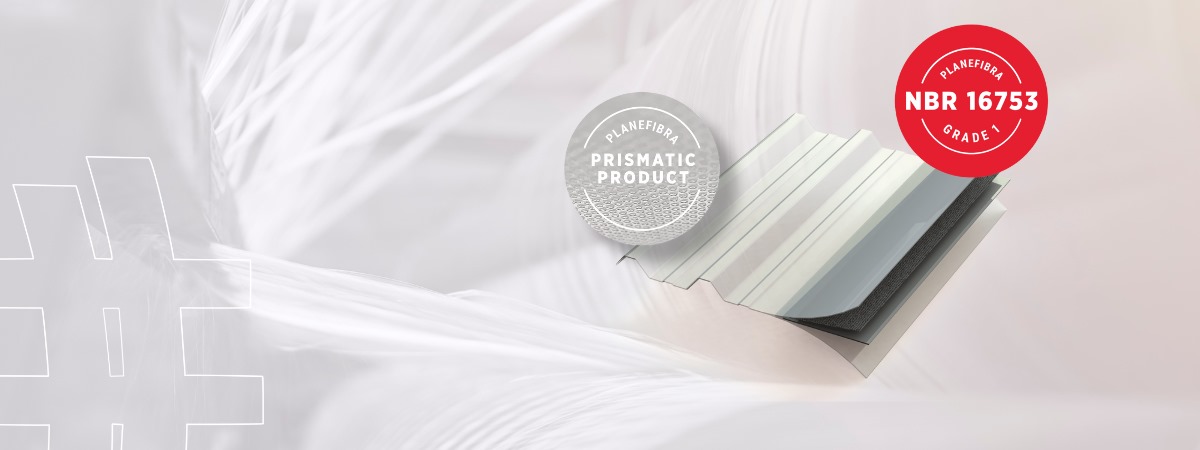

Planefibra embraces a movement that aims to reposition FRP tiles in Brazil
Fibreglass reinforced plastic (FRP) tiles are trendy in Brazil, mainly because of their translucency, which allows natural light to be used. However, this popularity has not prevented them from suffering some damage to their image in recent years.
“A negative experience is reproduced hundreds of times, while the positive one almost always falls into oblivion,” comments Cyrus Muchalski, director of Planefibra, a company from Santa Catarina that has been manufacturing FRP tiles and domes for almost twenty years.
Muchalski considers it an unfair generalization to associate FRP tiles with low quality. “There are 70,000 applications of this material cataloged around the world, many of them involving very high performance, such as aircraft, F1 cars, satellites, bridges, and submarines. Therefore, it makes no sense to classify it as a low-performance material,” he comments.
To help reposition FRP tiles, Planefibra does its homework and has consistently produced only under ABNT NBR 16753 standard. “We actively participate in the committee responsible for reviewing this standard,” he recalls. With a minimum useful life of ten years, Planefibra tiles have a five-year factory warranty.
In parallel, the company has made a series of moves to make the product even more sophisticated. For example, including a polyester film with ultraviolet (UV) protection on both sides of the tile as a standard finish and at no additional cost – further increases mechanical resistance. “We are the only Brazilian manufacturer to adopt this practice,” highlights Muchalski.
The most recent was the development of a technology based on including thousands of prisms in the FRP that will give rise to the tiles. “Prismatic products can increase the use of natural light by 30%.” All this at a price around 40% lower than that of polycarbonate tiles, also a type of plastic and the main competitor of FRP in translucent coverings.
Another Planefibra activity in favor of the tile image is its active participation in the Civil Construction Committee of the Latin American Composite Materials Association (ALMACO), an entity that represents the entire production chain of FRP.
“Among other actions, we are collaborating with the production of a guide for FRP applications in the construction industry. This publication will help not only to show the versatility of the material but also to demystify some prejudices“, summarizes Muchalski. According to ALMACO, the guide will be launched in August this year.
Author: SLEA Comunicação
By continuing to browse this site, you agree to our Privacy Policy
